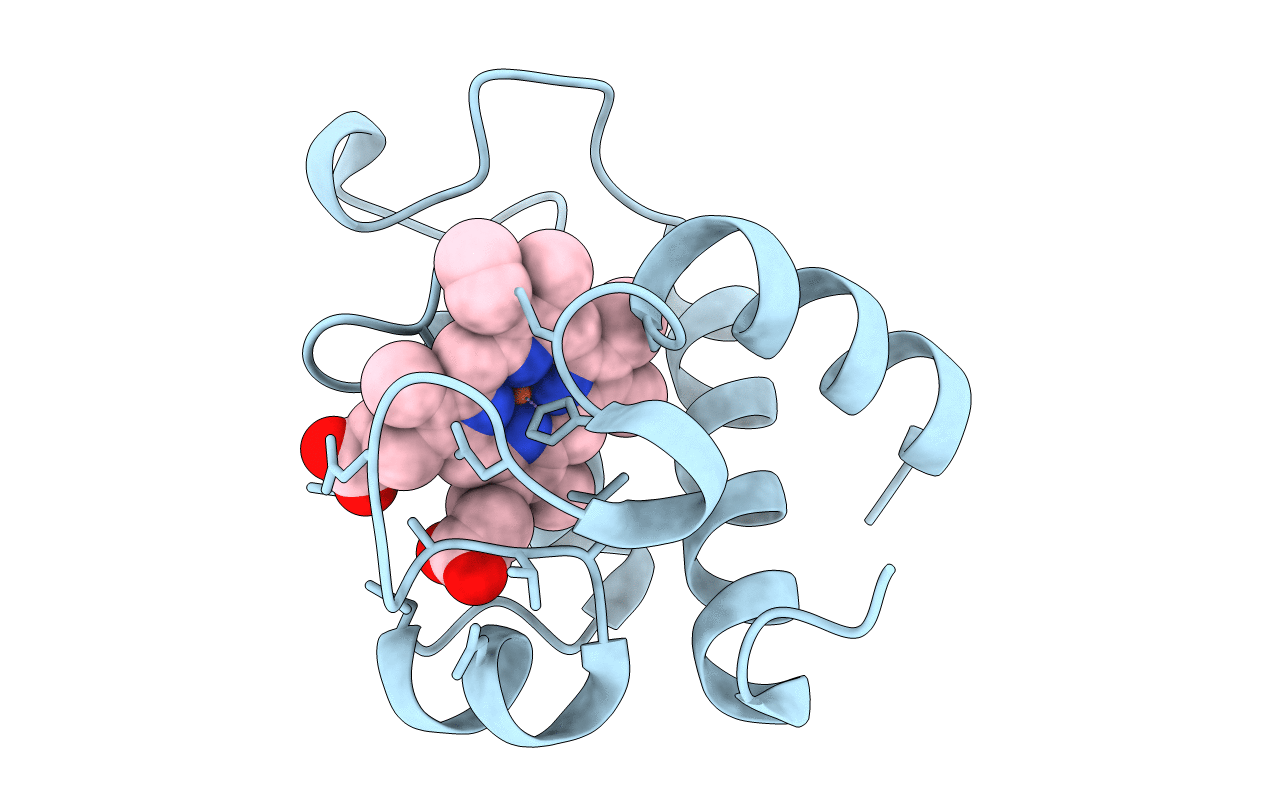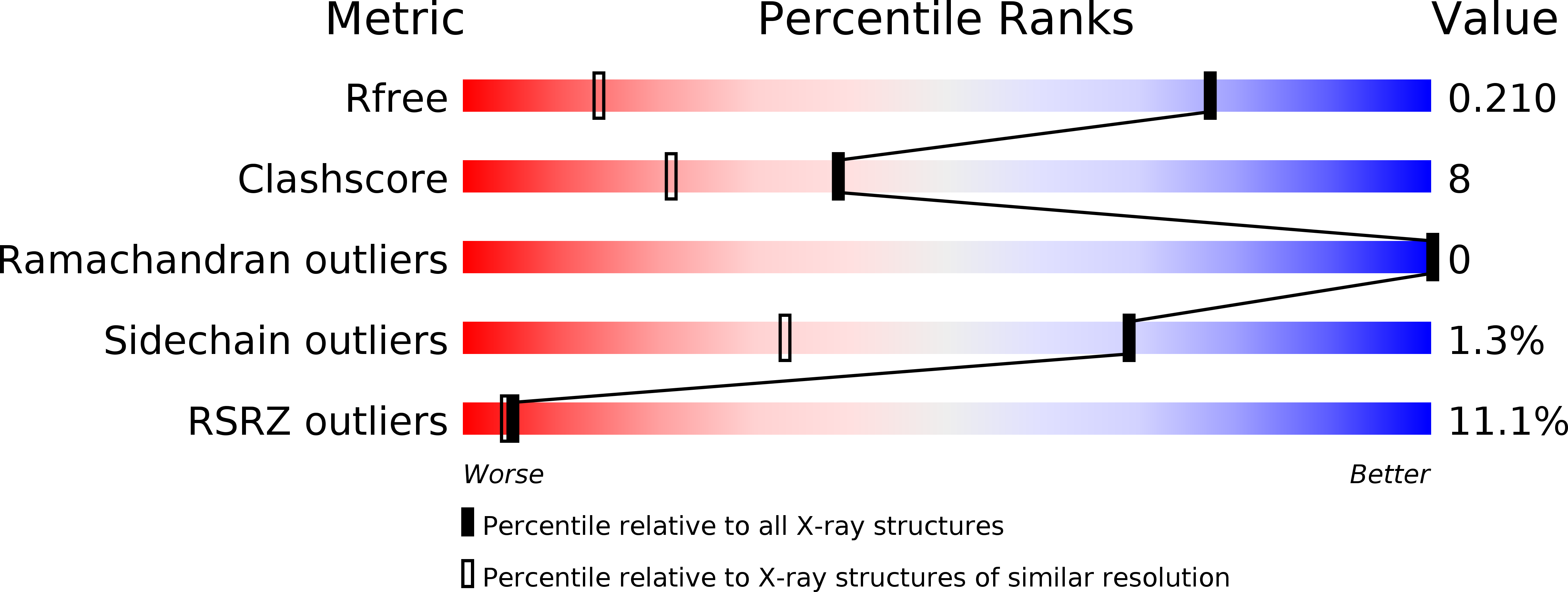
Deposition Date
2006-02-01
Release Date
2006-07-05
Last Version Date
2024-11-06
Entry Detail
PDB ID:
2CE0
Keywords:
Title:
Structure of oxidized Arabidopsis thaliana cytochrome 6A
Biological Source:
Source Organism:
ARABIDOPSIS THALIANA (Taxon ID: 3702)
Host Organism:
Method Details:
Experimental Method:
Resolution:
1.24 Å
R-Value Free:
0.21
R-Value Work:
0.18
R-Value Observed:
0.18
Space Group:
P 32 2 1


